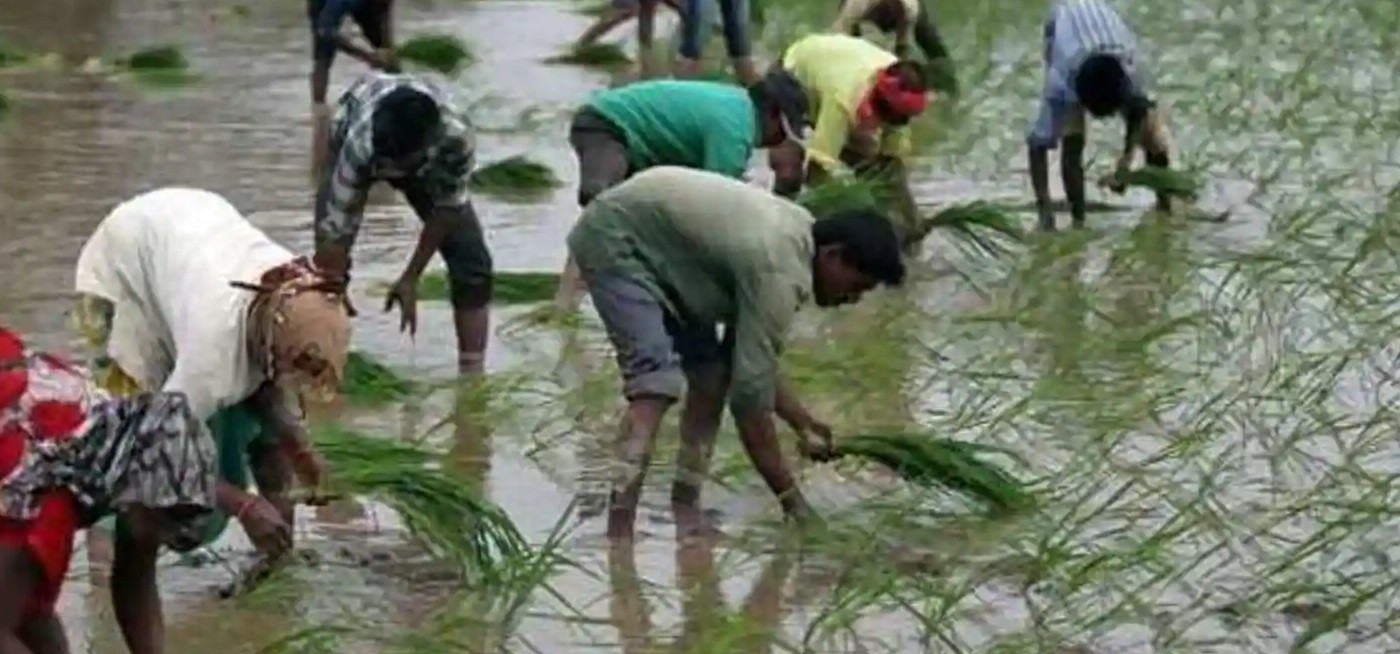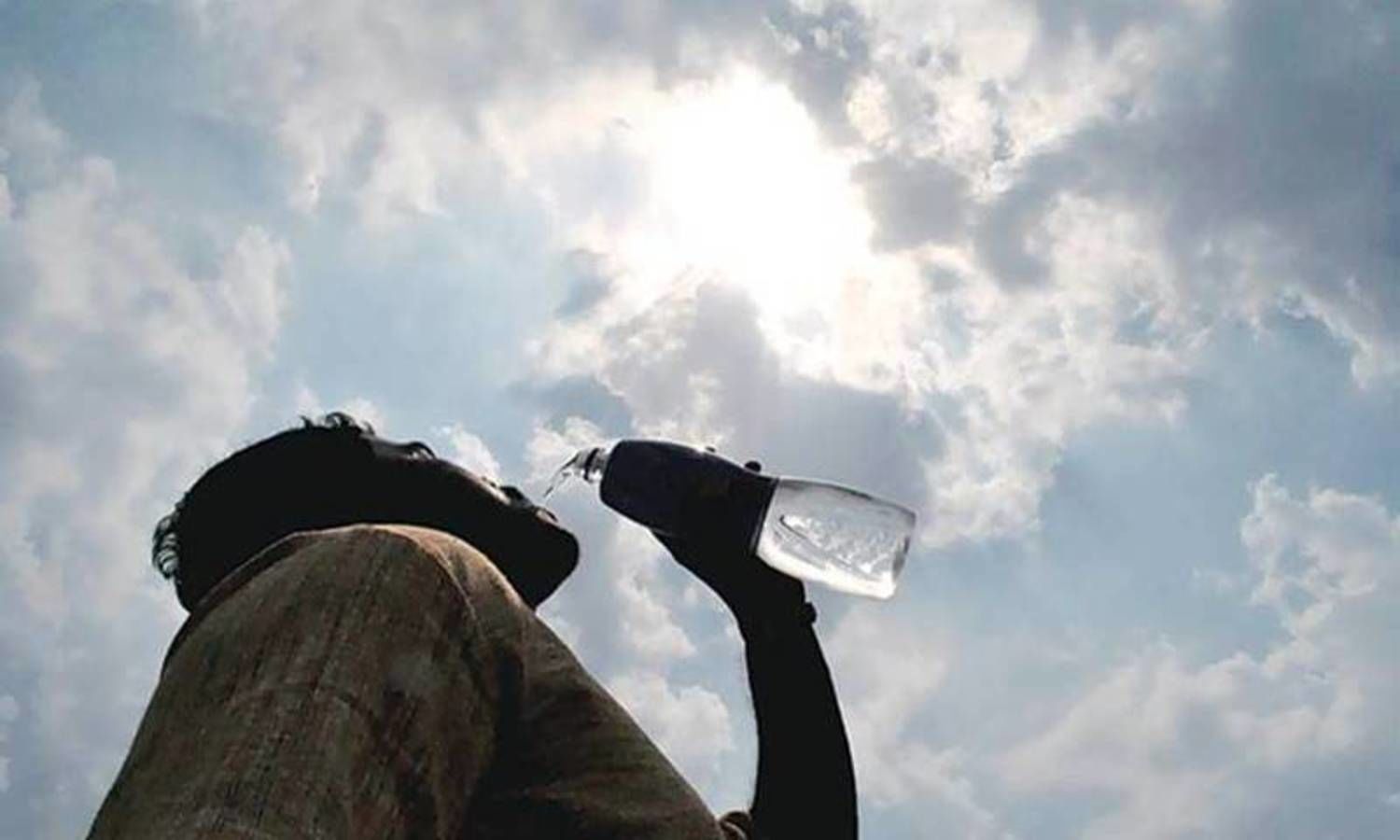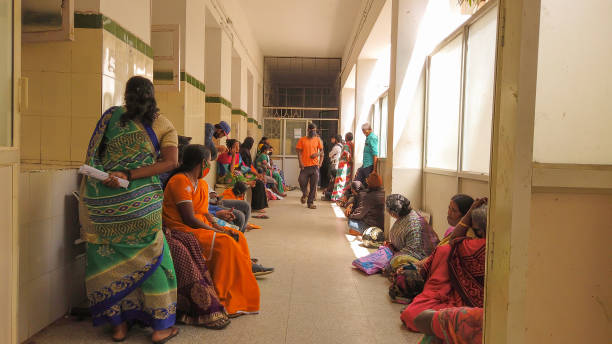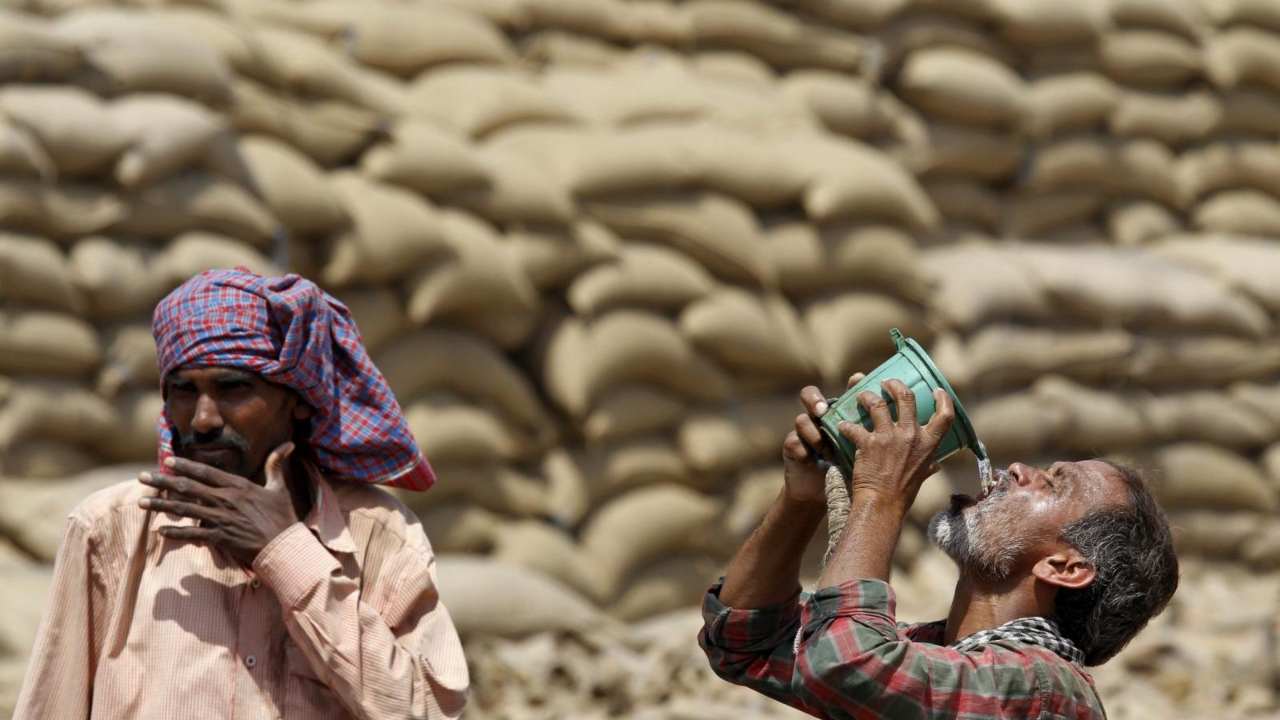Role of changing Monsoon patterns, threatening rice production 2022
After torrid heat waves this summer season suppressed wheat production, experts are concerned of monsoon variability impacting rice production.
By Editorial Desk / Jan 1, 1970

Image Source: Live Mint
Indian agriculture continues to be a gamble this monsoon. While climate change is already impacting crop health and output, Russia’s “special military operation” in Ukraine has made the situation more critical.
After torrid heatwaves this summer season suppressed wheat production, experts are concerned of monsoon variability impacting rice production. India has already registered a decline in rice sowing on account of a patchy and delayed Monsoon arrival. Reportedly, India might see a drop in rice output by 10 mn tonnes, almost 9% of the country’s rice production target of 112 mn tonnes.
India, which accounts for 40 per cent of the global rice market, is also a major rice exporter. With IMD predicting normal Monsoon rains in 2022, the government is relying on Monsoon rains to keep rice production, inventories and food inflation under control.
“Global warming has taught us that one cannot compromise on a nation's food security and each country should maintain adequate stock. Unregulated export is not required as Monsoon has become very unpredictable due to climate change. At one point, India was thinking of saving the world from the global food crisis initiated by the Russia-Ukraine war. Nonetheless, we never thought that an intense heatwave right at the time of harvest would turn the tide. So, this is what climate change has resulted in. India is currently enjoying ample paddy stock now but who knows it might eradicate anytime,” said Devinder Sharma, Trade Policy Analyst.
Monsoon rains and rice harvest
Rice is classified as a tropical plant, which grows extremely well in areas that record heavy annual rainfall. India’s geography and meteorology ensures ample potential for rice production, which is the country’s biggest foreign exchange earning farm commodity. However, failed Monsoon years have seen a decline in rice output.
Rice output is undoubtedly dependent on the weather parameters. Weather patterns in India, especially the Monsoon season, have increasingly become erratic, and are leaving a mark on India’s rice output through distinct impacts like increases pests and diseases and excessive usage of chemicals:
a) Scanty rains delaying the sowing season
b) Uneven distribution rains along with rising temperatures and humidity give rise to pest attacks and diseases
c) Quality of the grain as well as the nutrition value vary
d) Due to prolonged breaks and scanty rain, farmers tend to shift to early-maturing varieties of rice due to delays in sowing. Delays in rainfall might result in reduction in the area of rice transplantation
Monsoon 2022 Timeline
The primary driver of monsoon rains are the monsoon low pressure areas, to which about 70% of the season’s rainfall can be attributed. The frequency of these systems increases as the season progresses.
June: After a weak onset, Monsoon went into a lull which hampered its performance as well as delayed progress. By the end of June, Monsoon had reached the plains but the onset was not a strong one.
1. As on June 30, the country was deficit by 8%, with actual rainfall of 152.3 mm against the normal of 165.3 mm.
2. Country did not witness any monsoon low pressure system develop in the Bay of Bengal during June, due to which winds did not turn easterly. Hence, despite the arrival of Monsoon over eastern states of West Bengal, Jharkhand and Bihar, these states did not receive normal Monsoon rains.
3. Southern rice growing states recorded normal rains, albeit slightly on the lower side. Kerala was highly deficit with more than 50% deficiency. This was on account of the weak Monsoon surge.
4. The north-western plains saw a timely arrival of the Monsoon, but in the absence of any strong weather system most of the states remained rain deficit, delaying sowing activity.
July: Monsoon picked up pace with the beginning of the month, on account of back-to-back active Monsoon systems in Bay of Bengal. As on July 30, India is witnessing excess rainfall to the tune of 8%, with actual rainfall recorded 472.8 mm against the normal of 437.2 mm.
1. A low pressure area in Bay of Bengal in the first week of July, travelled across Central India, bringing heavy to very rains all along and extremely heavy rains along the West Coast, which included Coastal Karnataka and Konkan & Goa region.
2. Formation of another Well-Marked Low Pressure Area during 9-14 July over south coastal Odisha brought heavy rainfall activities over central and west coast of India and state of Gujarat.
3. The monsoon trough remained active and south of its normal position.
4. Persistence of an east-west shear zone and an active off-shore trough along the West Coast from Gujarat to Karnataka kept monsoon active
These active monsoon conditions boosted rice production. Reportedly, rice sowing was lagging behind by over 22% by mid-July as compared to last year. However, experts are of the view, with the Monsoon coming back on track, sowing would reach normal levels soon but whether it would be able to cover up the estimated rice production remains uncertain.
Bihar, West Bengal and Uttar Pradesh, which account for a third of the country's total rice production, have been highly deficit despite an active monsoon in July.
Monsoon performance in major rice-producing states | Source: IMD
August and September Outlook
Rice sowing in the country might see a substantial uptick due to the rainfall in July, production however will depend heavily on the distribution of rains. Being a La Nina year, the country is likely to record good rains in the remainder of the season. The persistence of Monsoon rains into October, which has been the case for during the last two years, could have significant impact on yield and quality.
“With the Monsoon extending, chances of extreme weather events also increase. Such events can lead to water logging during the harvesting or flowering stage of the crop that germinate or decay the grain. Heavy rains may adversely impact the pollination process. Harvesting a reclining crop is quite a difficult task,” said Rekha Misha, Crop Expert, Cropin.
Socio-economic impact, farmers in distress
While decline in rice production will have a direct impact over the domestic food inflation, it would also result in major policy haul and farmer welfare.
Farmers would be forerunners in registering losses due to bad weather conditions. Delay in rains or uneven distribution of rains are steeply increasing costs due to more rounds of irrigation, fertilisers, and ploughing. All these costs add to the risk borne by farmers, and transform into a burden if the yield declines.
“It is a double whammy for farmers. While it is easy to say that rains are catching up but delay in sowing means that farmers have re-plough the field. While their earlier efforts as well as cost incurred get wasted, it increases their cost of investment. Now, who is going to compensate for this and the government does not take this cost into account. Going ahead, low crop yield adds to further loss. Ultimately, farmers are at the maximum loss that nobody is talking about,” said Sharma.
Several varieties of rice have already witnessed an increase in cost and experts claim that wholesale prices would also register a rise this year. With lower wheat harvest in the background, the government has stopped giving updates on rice sowing in a bid to avoid any negative notion associated with rice harvest this year.


